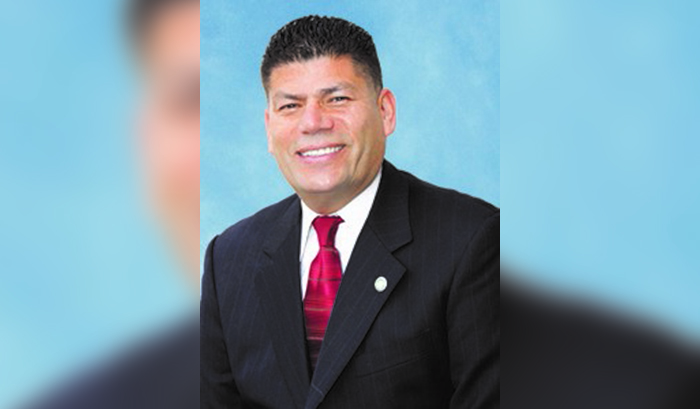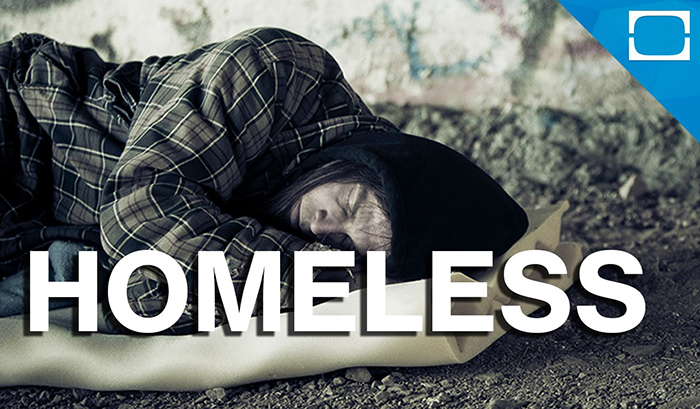Hardly any vision a mind can cook up sounds duller than – trumpets, please – the grand opening of two structures, shiny, though, they are, with unsexy, boring names, the Student Services building and the General Classroom building.
[img]1414|left|||no_popup[/img]
Now let’s get to the bosom of the story, President Nabil Abu-Ghazaleh’s take on Saturday morning’s formal unveilings of the dazzling structures at West Los Angeles College – 9 o’clock for bigshots, 11 o’clock for non-bigshots.
For as long as West L.A. has been open, the most persistent, and often truest, knock against the campus is that it has a feel of temporariness, of a school permanently on the road, in transition, unsettled.
Students attended classes in the most primitive setting – trailers, the real name for the bungalows that have been given fancier labels to make school leaders feel better.
After 43 years of living with temporary bungalows – like temporary taxes? – good, ol’ General Classroom and Student Services have driven the creaky-floored, leaking bungies into deserved oblivion.
Defining the Value of Moving
What can a community college president say about inanimate objects? Plenty.
“Moving into these new buildings,” said Mr. Abu-Ghazaleh, “has come at the price – that we are happy to pay – of moving out of the A buildings, original temporary bungalows from 1969, as well as the D Village temporary buildings that had been around two or three years.
“The D Village bungalows are gone, and we have a parking lot to pave there. The A bungalows eventually will be demolished.
“Moving into nice, big buildings, out of that setting, symbolically has a huge impact on our students and makes the statement that this is an institute of higher education and not, as some students have been known to refer to it, as ‘a high school with ash trays.’”
The two tall and sparkling classroom buildings – in use for months – are the reward for winning passage of bond measures that have paid for projects otherwise wildly unaffordable.
“Bond measures have helped to move us away from the sense that community college is not in the league of higher education,” Mr. Abu-Ghazaleh said.
“Primarily, this is because the facilities connote something significant and symbolic, that this is indeed higher education. Now we have classes that look like college classes. They function like college classes. When a student comes in and sits down, he or she has immediate access to the instructor, to the internet, to dual projection systems and the ability to have presentations and access to software in the classroom for demonstration purposes and for discussion, Wi-Fi in the classroom, and can access sources globally.
“That is truly a smart classroom, smart in the sense that it creates a smarter learning experience for our students.
“Now we have just moved into these buildings, but everything we do focuses our attention on trying to improve the success in graduation rates.
“There are other educational initiatives on campus trying to get improved learning outcomes. All of this will be folded together, and frankly it probably will take a few doctoral dissertations to tease apart all elements that could be ascribed to the buildings,” Mr. Abu-Ghazaleh said.






